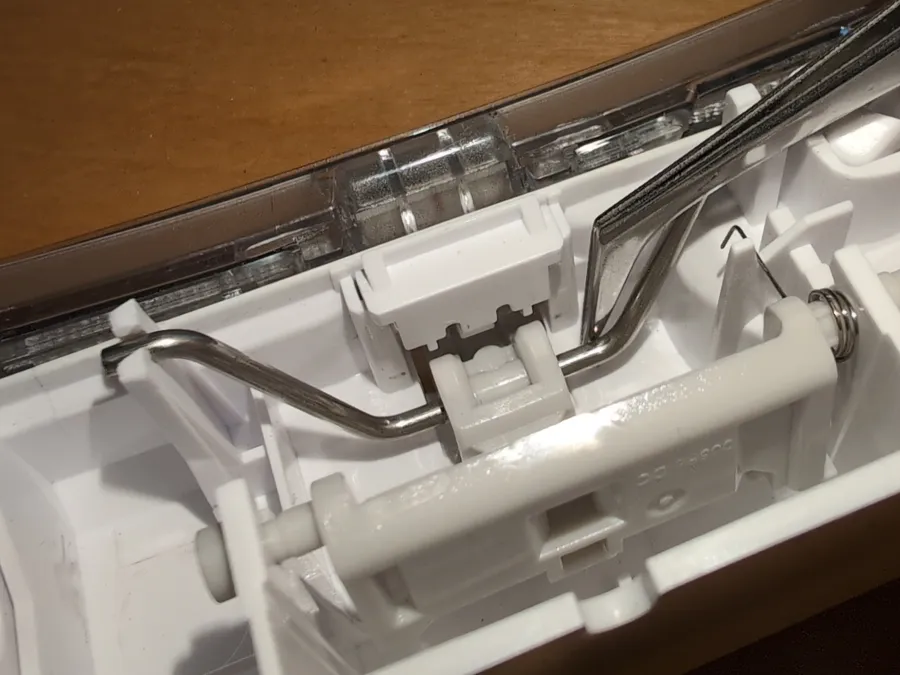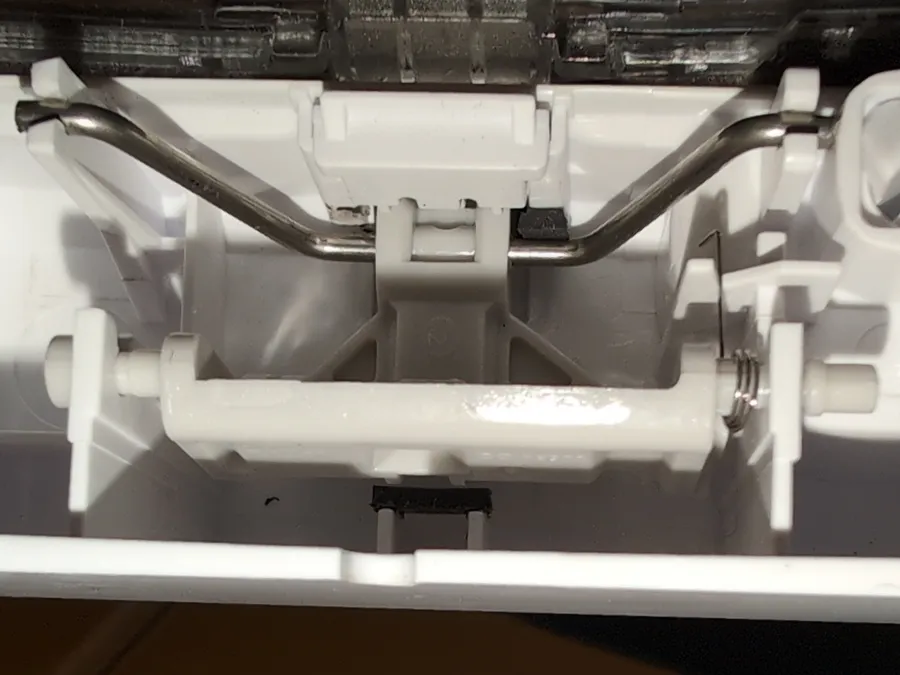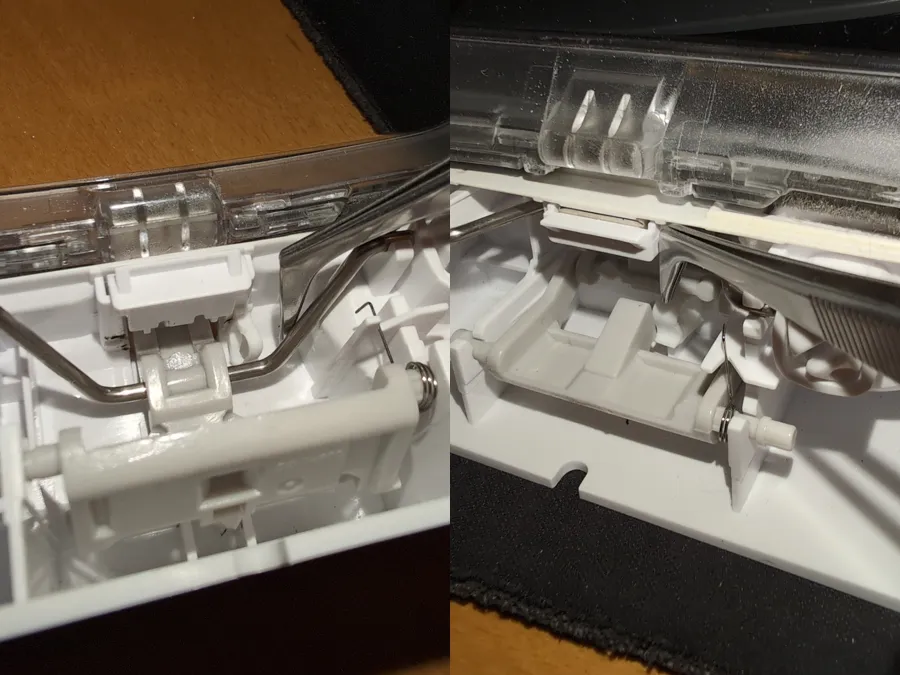Sound Dampening a Microchip Cat Door
The SurePet cat flaps have a problem, actually they have a few, but let's focus on the one that matters most to my older cat, and consequently me: the locking mechanism is loud.
I've had an old simple one-way SureFlap microchip cat flap laying around for a while now, it has poor draft protection with large gaps, a squeeky flap operation, and is detested by my cat. This was replaced by a cheap non-microchip PetMate 4-way locking cat flap that was less bad at it's job. With my kitten now having learned how to defeat the in-only mode of the PetMate, and started to obliterate the flap lining, I've purchased the Sureflap Microchip Cat Door Connect. This more expensive SureFlap unit doesn't have a squeeky flap (yet, but I have silicone spray to try if and when..) and has pretty good draft protection. Its locking mechanism is still loud; I wanted to fix this. I began by modifying the old basic SureFlap as a test, where damage or destruction didn't matter.
SureFlap Basic Microchip Cat Door
Opening up the unit and operating the locking mechanism, I located two places where I could put sound dampening material:


It should be noted that it is very easy to remove the magnet here if needed, i.e. to have an easier time teaching a timid cat to push open the flap.
I cut pieces from an FDM printer hotend heat sleeve into suitable sizes and glued them into place. The silicone is not a great material in this application, it is too hard, but it does reduce the worst of the noise when testing the mechanism by hand.

Putting in the batteries and trying the mechanism with my more adventurous kitten, the thing was louder than I expected after my manual tests. After some thought I decided to instead use thin pieces of omega profile seal strip, which should have more dampening potential and has an adhesive backing. This was marginally better, but removed less travel from the mechanism.

SureFlap Microchip Cat Door Connect
Opening up the unit it's clearly different from the previous one. After some trial and error, and close scrutiny, I found two places to apply the sealing strip pieces:

In the end the sound dampening is subtle, the unlocking is a little less harsh. I think most noise comes from the rattling of the mechanism itself, rather than the mechanism hitting the extreme ends. There is noticable play where each part comes together with another, and the motor moves the mechanism from one end to the other near instantly. However, my older cat does seem a bit less jumpy and that is a win. It may be possible to apply some bitumen on the inside of the frame to gain further dampening; the basic cat flap has enough room internally, but the dual lock is more restrictive.